Hi all,
For my first post, I would like to first thank for all the contributors to this forum. All the info in here is gold, thanks!
Also, sorry in advance for the length of the post.
Now what brings me here. I would like to setup a home theater in the coming year, and would love to have shallow speakers, that can play nicely above 80Hz (I will use subwoofers below that).
My requirements for the speakers:
1. shallow speakers, ideally 10cm or less. I don't care about height/width though.
2. wide enough dispersion for all listeners to comfortably enjoy the movies.
3. SPL wise, I am targeting around 80-75 dB average for each speaker at each seat, and some headroom of ~15 dB SPL.
4. All speakers will be eq-ed (if that is a word) using dirac/audyssey. So I am not necessarily looking for a specific frequency response profile out of the box, just enough distortion-free output and eq-ability.
5. Easy enough to build for a first set of speakers. I am a decent woodworker, but have no experience with speaker building (e.g. no knowledge of crossovers).
6. I am looking at building 11 speakers and 4 subwoofers. So cost wise, would be nice to keep it under 150 per speaker.
7. All speakers will be on-wall.
I looked at commercially available options, and it seems they are all out of reach pricewise (e.g. Grimani systems
Rixos-S and
Ascendo 6).
Looking around the forum, it seems there are quite a few positive review of Markaudio drivers, and they seem to fit the bill, however I did not find reference builds there with a "shallow enough" design. I hence tried the following design under winISD:
- CHR-90 or CHP-90 for front speakers. Those are the farthest from listeners and would require the most output and smallest angle to cover. These drivers seem efficient enough and should provide the SPL levels / dispersion desired.
- CHR-70 or CHP-70 for other speakers. As those are closer, so they will need less output but need to cover wider angles. IIUC, smaller fullrange drivers will start beaming at higher frequencies right? Don't know if those are enough dispersion wise though.
- sealed cabinets: it seems those drivers are happy in a sealed enclosure when no bass extension is needed.
For the CHR-90, a 7L box has an f3 at 93Hz and an f6 at 70Hz. With 30Watt, it seems to produce enough SPL with 95 db at 3m (and still some headroom left for power and cone excursion). I am thinking this should be enough for my needs, assuming I will also eq them (so some headroom is required I guess), and putting them on-wall should give some gain.
For the CHR-70, same principe. It seems a 5L box produces the desired level of SPLs (about same f3/f6 as the above).
- Dimensions: I tried to use irrational ratios (square roots of primes) to get nice shapes. For example, for a 5.5L box I get 26.4cm width, 5.5cm depth and 37.9cm height internal. This is very shallow and I wonder if there could be issues with back panel too close to the driver? Also, what is the advice for such a box wrt bracing?
- Driver placement: I have not read much about driver placement. Would it make sense to just put it a 1/3rd height, and at center wrt width?
None of the above is fixed (driver choice, dimension, ...) and I am open to suggestions.
Here are extra info on the room, speaker/listeners placement, and some computations I made, if that helps :
- the Room is 5.3m x 3.7m (black spots are seats, blue box is couch, red boxes are speakers, red cones cover 40 degrees angles -- ignore the surround glitch, will fix my script)
- Here is a table of speaker/listeners distances (in meters), and the associated attenuation if that helps
Sorry for the long post... and thanks in advance!

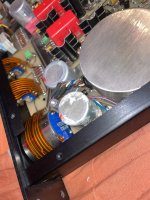
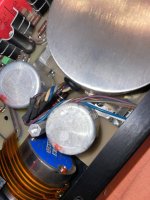
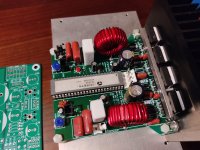
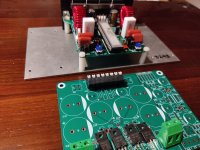
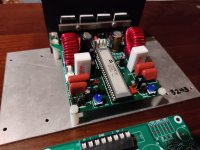
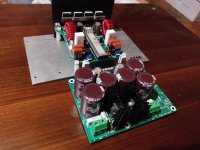
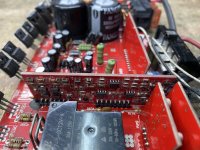
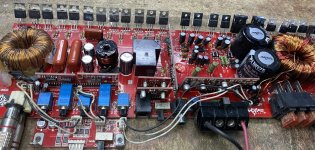
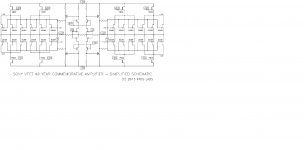
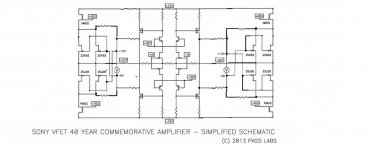
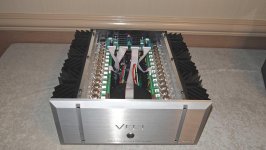
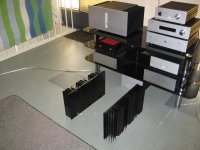
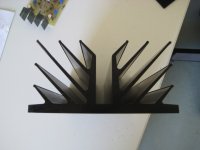

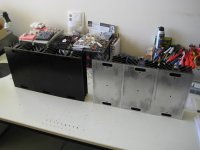
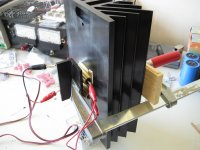
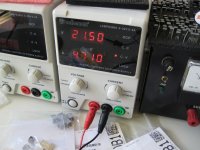
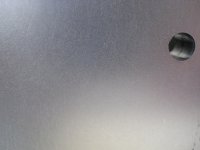
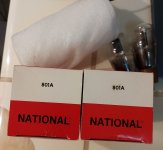
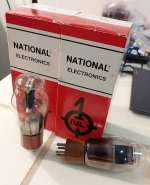
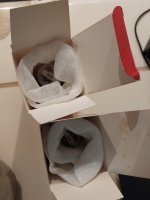
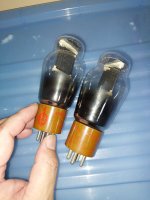
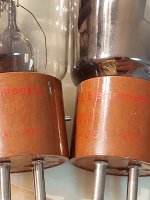
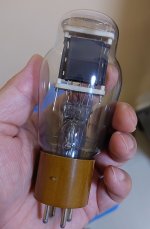
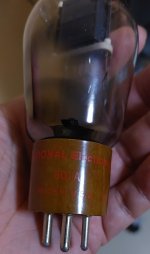
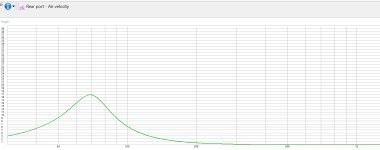
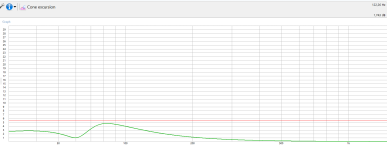
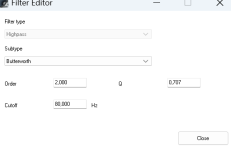
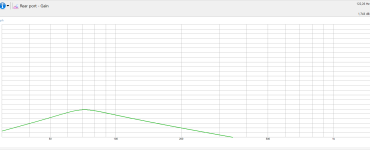
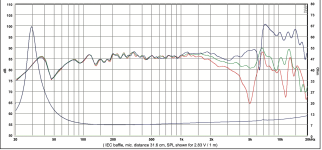
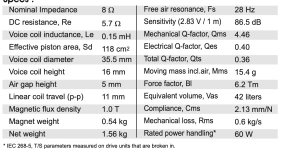
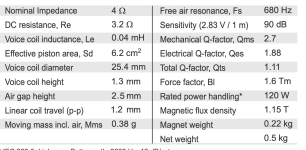
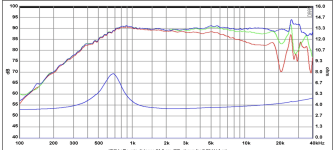
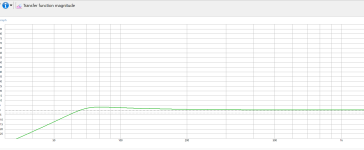
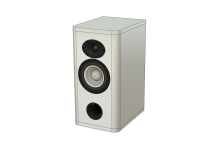
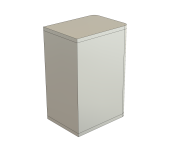
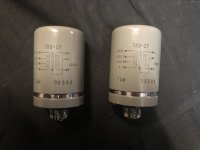
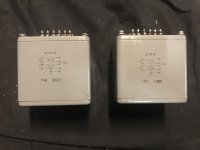
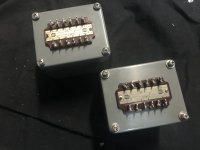
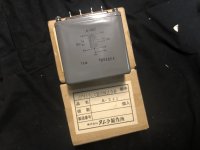
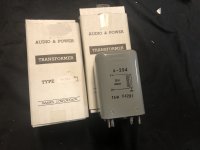
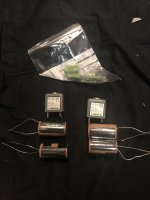
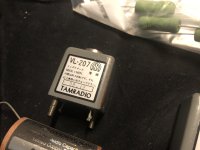
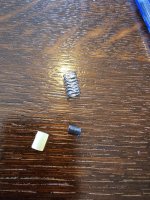
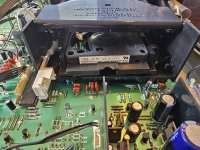
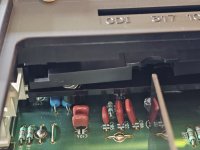
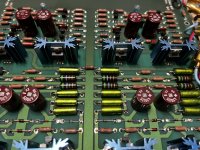
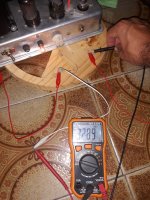
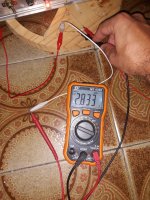
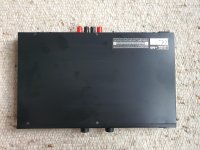
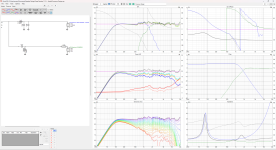
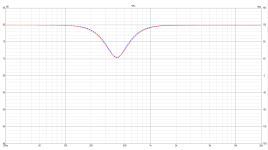
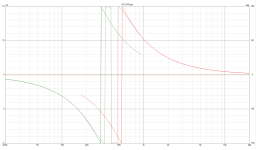
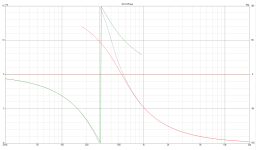

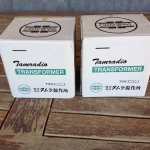
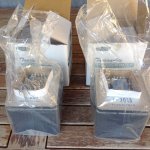
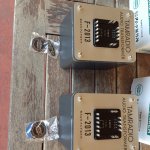


![PXL_20231109_201928862[1].jpg](/community/data/attachments/1140/1140815-c5e5d4db1d3a747f7220d43549b60109.jpg?hash=xeXU2x06dH)